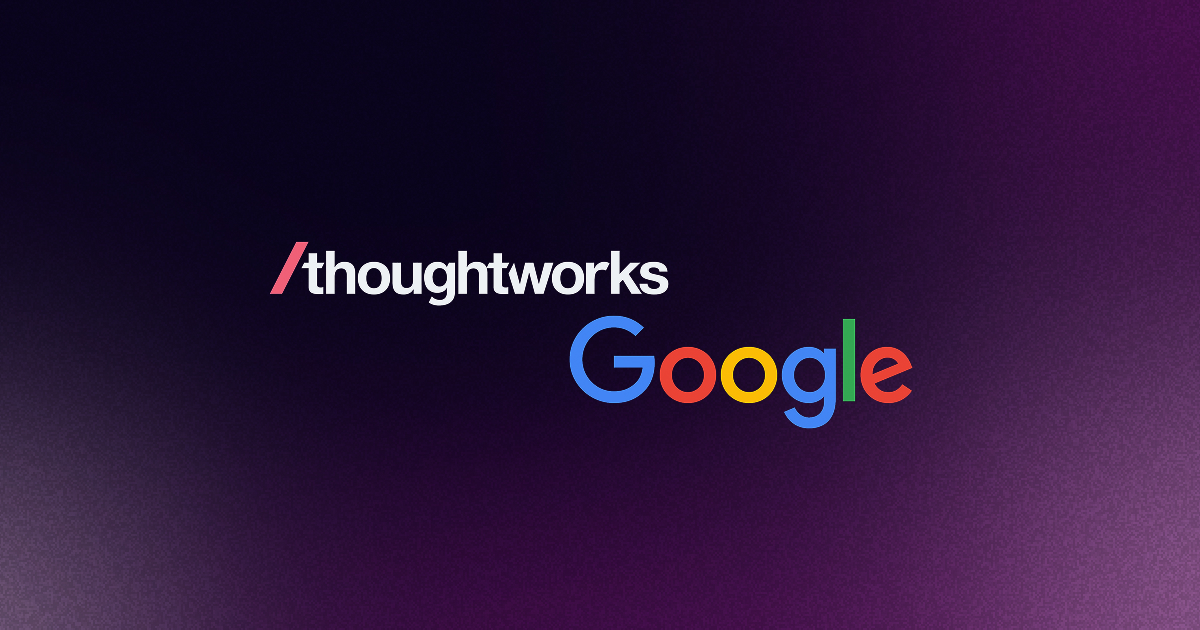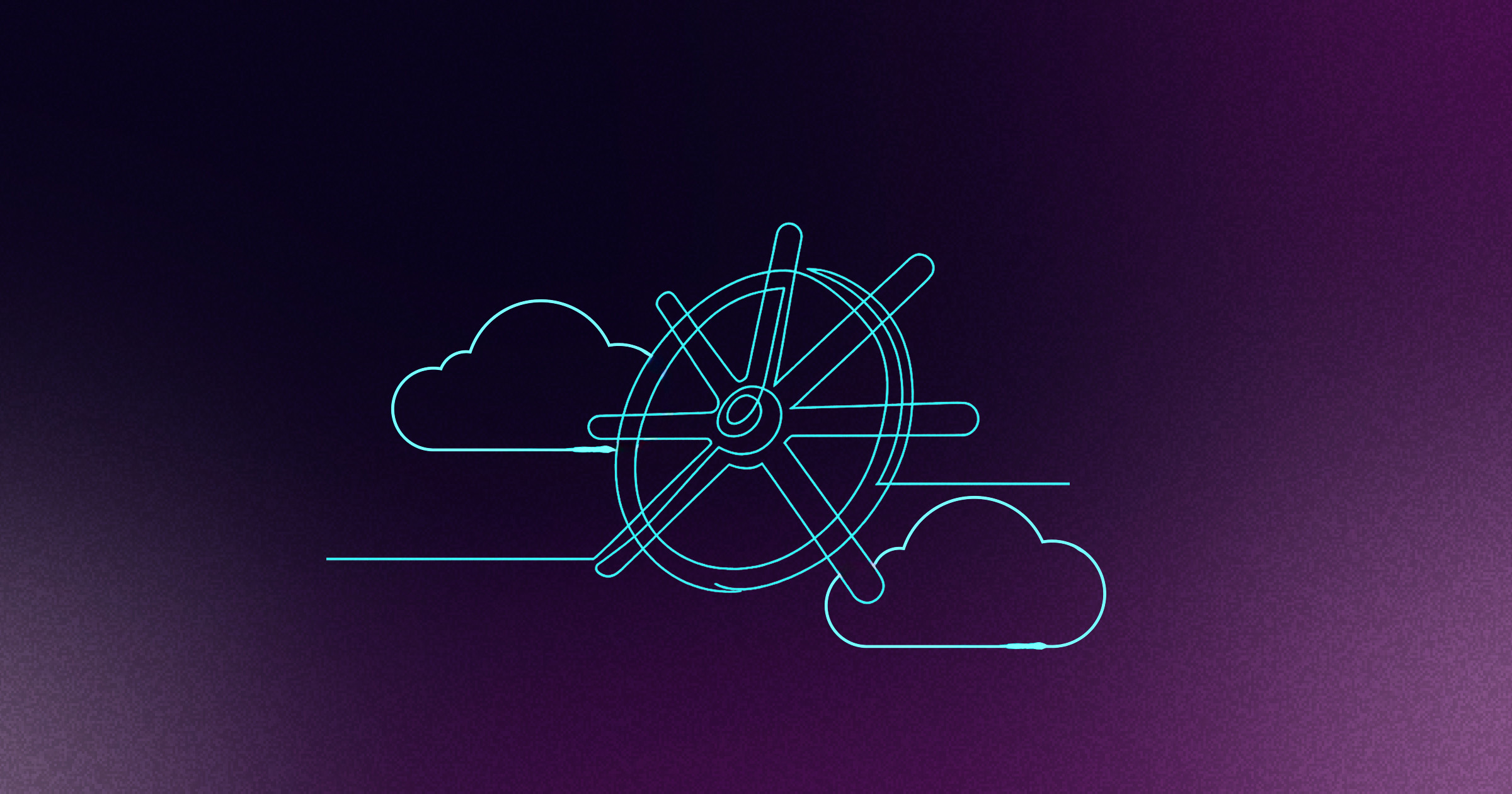Every organization with a software team asks how to measure developer productivity and platform ROI. The answer is not always obvious. Measuring output or time spent coding does not capture the whole picture.
Platforms are built to help teams work better and faster. However, showing the value of those efforts can be complicated. Calculating return on investment, or ROI, is not the same as measuring individual performance.
This article breaks down what makes measuring platform ROI challenging, why traditional metrics do not always fit, and what to consider instead.
Understanding the Platform ROI Measurement Challenge
Measuring platform ROI presents unique challenges because platforms operate as enabling infrastructure rather than direct value generators. Unlike a customer-facing feature where you can count user clicks, platforms enable other teams to work better. Their impact spreads across workflows, collaboration, and long-term efficiency.
Traditional productivity metrics like lines of code or commit counts miss the bigger picture. A platform's real value shows up as less time spent on setup, fewer errors, and smoother workflows. These improvements benefit everyone, making it hard to pin down exactly what the platform contributed.
Why platform teams compete for tight budgets
Platform teams often find themselves justifying their existence to leadership. Resources are limited, and executives want proof that platforms create measurable business value. Without clear numbers, platform investments get cut in favor of customer-facing features.
The primary challenge lies in translating technical improvements into business language that leadership can understand and support. When you reduce deployment time from 2 hours to 30 minutes, that's not just a technical win – it's cost savings, faster feature delivery, and happier developers.
The Complete ROI Calculation Framework
ROI calculations follow a straightforward formula, but obtaining accurate data requires systematic measurement and careful analysis. Here's the basic equation:
ROI (%) = (Total Value Generated – Total Cost) / Total Cost
Let's break this down with real numbers. Say your platform saves $500,000 per year but costs $150,000 to build and maintain:
ROI = ($500,000 - $150,000) / $150,000 = 233%
Essential cost categories for platform engineering
Platform costs can be categorized into five primary areas:
Implementation costs: Engineer salaries, project management, contractor fees
Tooling costs: Licenses, subscriptions, cloud usage
Enablement costs: Training, documentation, internal communications
Maintenance costs: Monitoring, updates, compliance, security patches
Opportunity costs: Revenue lost from not building customer features instead
The opportunity cost often gets overlooked, but it's crucial. If your platform team spends six months building an internal tool instead of shipping customer features, what's the potential revenue impact?
Quantifying platform benefits in monetary terms
Converting technical improvements into monetary value requires systematic analysis and established valuation methodologies:
Developer time savings: 2 hours saved per week × 100 developers × $60/hour × 52 weeks = $624,000 annually
Faster releases: 2 additional features per quarter × $50,000 revenue per feature = $400,000 annually
Reduced downtime: 3 fewer hours of outages monthly × $5,000 cost per hour × 12 months = $180,000 annually
Tool consolidation: Retiring 4 redundant tools at $8,000 each = $32,000 annually
Developer retention: Preventing 2 departures × $75,000 replacement cost = $150,000 annually
Developer Productivity Measurement Frameworks
Measuring developer productivity goes beyond counting commits or story points. Modern frameworks capture the full developer experience and its business impact.
The SPACE framework for platform impact
The SPACE framework measures five dimensions of developer productivity:
Satisfaction: Developer happiness, engagement, retention rates
Performance: Code quality, system reliability, user adoption
Activity: Code commits, pull requests, deployment frequency
Communication: Code review quality, knowledge sharing, collaboration
Efficiency: Time spent waiting, context switching, handoffs
Each dimension connects to business outcomes. Higher satisfaction reduces turnover costs. Better performance means fewer production issues. Improved efficiency through DevEx platform engineering accelerates feature delivery.
DORA metrics beyond individual productivity
The four DORA metrics track software delivery performance:
Deployment frequency: How often you release code to production
Lead time for changes: Time from code commit to production deployment
Mean time to recovery (MTTR): How quickly you restore service after incidents
Change failure rate: Percentage of deployments causing production failures
These metrics work at the team and organizational level, showing how platforms influence delivery speed and stability rather than individual output.
Developer experience surveys and NPS
Surveys capture the developer experience aspects of platform impact. Net Promoter Score (NPS) asks developers how likely they are to recommend their current workflow to colleagues. Responses get categorized as:
Promoters (9-10): Happy developers who advocate for the platform
Passives (7-8): Satisfied but not enthusiastic users
Detractors (0-6): Frustrated developers who may discourage adoption
NPS = % Promoters - % Detractors
Track NPS over time and correlate changes with platform improvements to demonstrate impact.
Real-World ROI Scenarios
Different organizations achieve platform ROI through various approaches. Here are three common scenarios with actual outcomes.
Scenario 1: Lean startup platform (185% ROI)
A 25-developer startup built a lightweight internal developer platform with a two-person team. The team focused on eliminating repetitive setup work and tool confusion.
Results after six weeks:
3x increase in developer autonomy
40% reduction in feature lead times
Developer NPS improved to +32
Annual cost: $200,000
Estimated ROI: 185%
Scenario 2: Enterprise scale implementation (220% ROI)
A 200-developer organization tackled cloud cost optimization and workflow automation with an eight-person platform team.
Key improvements:
25-30% reduction in cloud spending
60% decrease in manual provisioning
50% drop in support ticket volume
Monthly cloud spend reduced from $500,000
First-year ROI: 220%
Scenario 3: Contractor reduction strategy
A mid-sized team replaced expensive contractors with full-time employees supported by better platform tooling.
The calculation compared contractor rates to FTE salaries while factoring in improved onboarding and workflow standardization. The hybrid approach delivered clear cost savings and better knowledge retention.
Build vs Buy Decision Framework
Every platform team faces build-versus-buy decisions. The choice affects both timeline and total cost of ownership.
Total cost of ownership analysis
TCO includes more than upfront costs when evaluating vendor solutions:
Initial implementation: Development time, licenses, integration work
Ongoing maintenance: Updates, monitoring, security patches
Hidden costs: Training, troubleshooting, compliance requirements
Opportunity costs: Features not built while working on platform components
Strategic evaluation questions
Ask these questions before building anything (treating your platform as a product):
Do we have the skills to build and maintain this component?
How critical is customization to our business model?
Can we wait 6+ months for tangible results?
What's the long-term support burden?
How does this align with our strategic goals?
Objective evaluation of these factors determines whether building internally delivers superior long-term value compared to purchasing existing solutions.
Practical Measurement Tools and Implementation
Measurement doesn't happen automatically. You need tools and processes to capture meaningful data.
Value stream mapping for platform impact
Value stream mapping visualizes your software delivery process from idea to production. It identifies waste like:
Waiting time: Delays in approvals or handoffs
Manual touchpoints: Tasks that could be automated
Context switching: Time lost jumping between tools
Rework: Fixing issues that could have been prevented
Map your current state, implement platform improvements with proper abstraction layers, then measure the difference.
Automated metrics collection and dashboards
Manual data collection becomes unsustainable as platform usage grows, requiring automated instrumentation to maintain measurement accuracy and reduce operational overhead. Set up automated tracking for key metrics using tools like Datadog or New Relic:
Pull deployment data from CI/CD systems
Monitor system reliability and performance
Track developer activity in version control
Collect satisfaction scores through regular surveys
Dashboards make this data accessible to stakeholders who need to see platform impact at a glance.
Common Pitfalls and How to Avoid Them
Measuring platform impact has traps that lead to misleading conclusions.
Avoiding vanity metrics
Vanity metrics look impressive but don't indicate business value:
Total number of deployments (without considering quality or impact)
Lines of code written (quantity over quality)
Number of active users (without measuring actual productivity gains)
Focus on metrics tied to business outcomes like faster feature delivery, reduced operational costs, or improved developer retention.
Balancing quantitative and qualitative insights
Quantitative metrics provide essential insights but require qualitative context for comprehensive platform assessment. Combine metrics with:
Regular developer interviews
Feedback from platform users
Observations of workflow changes
Anecdotal evidence of improvements
This balanced approach reveals issues that quantitative metrics alone might miss and provides context for the numbers you're tracking.
Frequently Asked Questions about Measuring Platform ROI
What's the minimum team size where platform ROI measurement becomes worthwhile?
Platform ROI measurement becomes valuable once you have 15-20 developers, as this is when coordination overhead and tooling complexity start creating measurable inefficiencies that platforms can address.
How long does it typically take to see measurable ROI from a platform investment?
Most organizations see initial productivity improvements within 6-12 weeks of platform deployment, with full ROI calculations becoming reliable after 6-12 months of operation and data collection.
Which metrics matter most for executive stakeholders when presenting platform ROI?
Executives typically focus on cost savings, revenue acceleration, and risk reduction metrics rather than technical performance indicators like deployment frequency or code quality scores.
Can you calculate platform ROI if your organization doesn't track developer productivity metrics?
Yes, you can start with basic surveys and time-tracking studies to establish baseline measurements, then implement automated metrics collection as your measurement program matures.
What's the difference between measuring individual developer productivity and platform team productivity?
Individual developer productivity focuses on personal output and efficiency, while platform team productivity measures enablement effects across multiple teams and the reduction of organizational friction.
Ready to start measuring your platform's impact? Join the Platform Engineering community, connect with peers who are tackling similar measurement challenges, and level up your skills with our certifications and course program.












